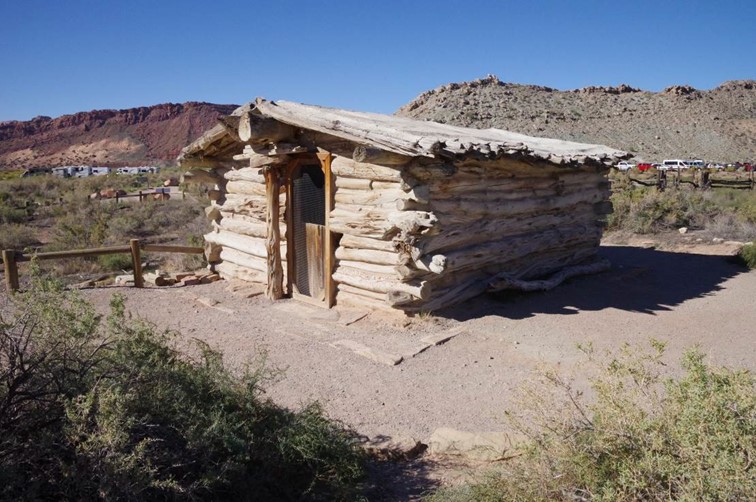The Wolfe Ranch Homestead Historic District, Additional Documentation and Boundary Increase (ADBI), in Arches National Park, Grand County, Utah, is a remarkable surviving resource from southeastern Utah’s extended settlement period, conveying lessons from the region’s early successes in subsistence and livestock agriculture. The Wolfe Ranch Homestead is significant at the local level under Criterion A, in the areas of Exploration/Settlement, Agriculture, Conservation, and Education. The property covers spring-fed draws and the floodplain of Salt Wash, where Civil War veteran John W. Wolfe and his son Fred developed their claim starting in 1898. The Wolfes built the anchoring 1907 log Cabin to accommodate John’s daughter Florence (Flora) Stanley, her husband Ed, and their children Esther and Ferol. In 1911, the Wolfes vacated the property, which was passed in 1916 to J. Marvin Turnbow and his wife Susie. After the 1929 establishment of Arches National Monument, Marv Turnbow became its first custodian, 1933–1937, and the homestead played a significant conservation role in the first decades of the monument’s development. The National Park Service acquired the inholding homestead in 1948, initially and primarily as an access point for vehicles and hikers to reach solitary Delicate Arch about 1.5 miles by trail to the northeast. In 1968, the NPS designated the 1907 Cabin and its immediate landscape as one of its first Environmental Study Areas (ESA), hosting annual programs and teaching grade-school children about the nation’s homesteading heritage. In 1971, based on additional accounts received from Esther Stanley Rison about her childhood during 1906–1908 at the Wolfe Ranch, the program was renamed “Wolfe Cabin ESA.” First listed in the National Register of Historic Places in 1975, the historic district is the subject of this additional documentation and boundary increase, extending its boundary to include the full 1898/1942 homestead claim. The amendment also adds information on the homestead’s history, informing more areas of significance and NRHP Criterion D for archeology, to recognize the district’s potential to yield further information about its half century of subsistence and livestock agriculture.
As well-preserved examples of early 20th century “Rocky Mountain Cabin” log construction and evolution, the Wolfe Cabin and Root House retain their original forms and a majority of original fabric and are therefore significant under Criterion C in the area of Architecture. Because the homestead claim has yielded, and has further potential to yield, information on historic-era lifeways in Grand County, Utah, the district is also significant under Criterion D in the area of Archeology with a concentration on historic non-aboriginal agriculture. The period of significance is 1898 to 1971, beginning with the homesteading and development of the site by John W. and Fred Wolfe and ending in 1971 with the establishment of the Wolfe Cabin Environmental Study Area.
